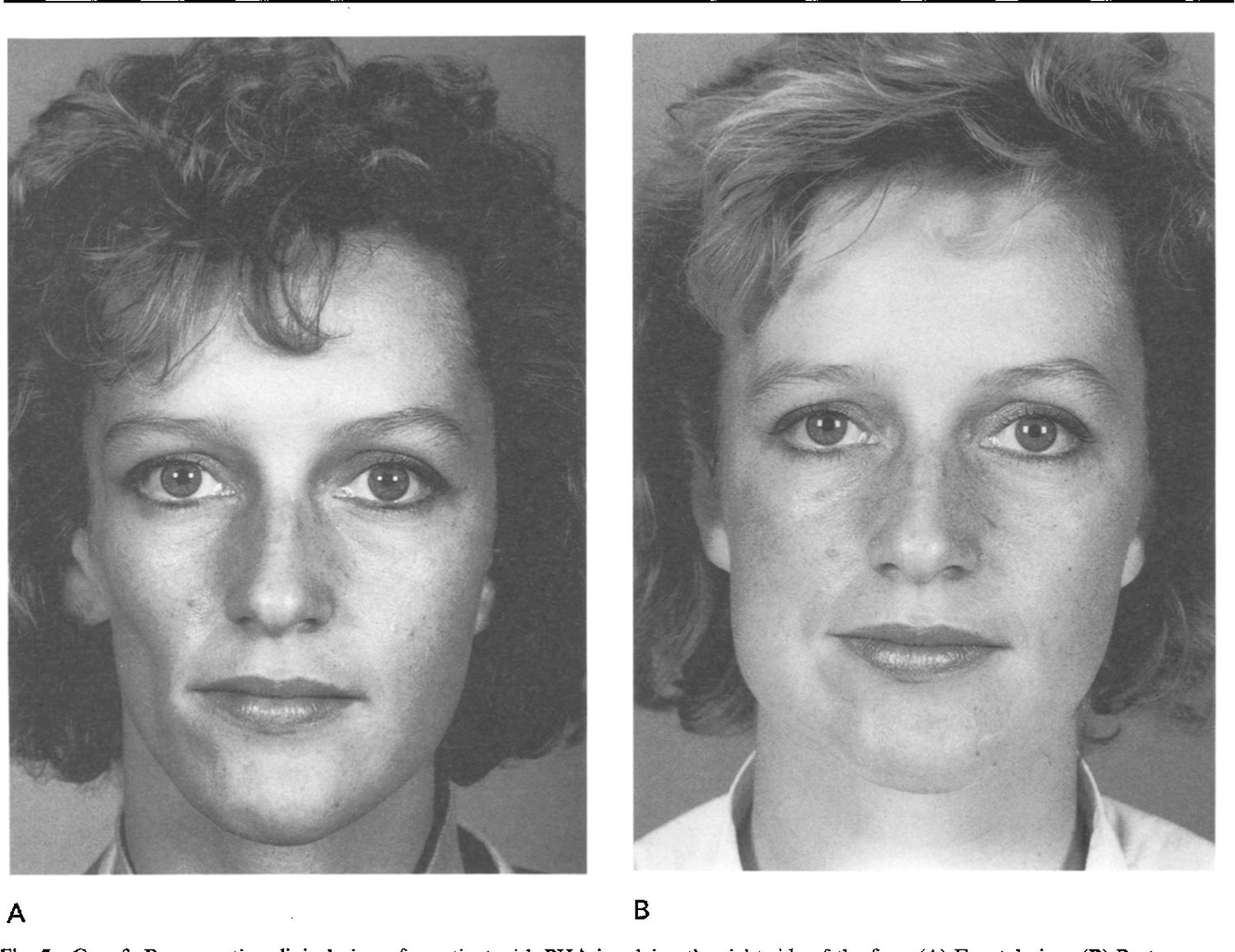
Hemifacial Atrophy Progressive, also known as Parry-Romberg Syndrome, is a rare disorder that causes the skin and soft tissues on one side of the face to shrink. This condition can lead to significant facial asymmetry and other complications. What causes Hemifacial Atrophy Progressive? The exact cause remains unknown, but researchers believe it may involve autoimmune factors, where the body's immune system mistakenly attacks its own tissues. Genetic factors and trauma have also been suggested as potential contributors. Symptoms often begin in childhood or adolescence and progress over several years before stabilizing. Understanding this condition is crucial for those affected and their families, as early diagnosis and treatment can help manage symptoms and improve quality of life.
Key Takeaways:
- Hemifacial Atrophy Progressive, or Parry-Romberg Syndrome, causes gradual deterioration of one side of the face. It starts in childhood, affects females more, and has no known cure.
- Symptoms include skin and tissue shrinkage, hair loss, dental and eye problems. Diagnosis is challenging, and treatment focuses on managing symptoms and improving quality of life.
What is Hemifacial Atrophy Progressive?
Hemifacial Atrophy Progressive, also known as Parry-Romberg Syndrome, is a rare disorder characterized by the slow, progressive deterioration of the skin and soft tissues on one side of the face. This condition can affect anyone, but it often begins in childhood or adolescence. Here are some intriguing facts about this rare condition.
-
Hemifacial Atrophy Progressive is named after two doctors, Caleb Hillier Parry and Moritz Heinrich Romberg, who first described it in the 19th century.
-
The exact cause of Hemifacial Atrophy Progressive remains unknown, although some researchers believe it may be linked to autoimmune disorders.
-
This condition typically starts in childhood or early adolescence, usually between the ages of 5 and 15.
-
Hemifacial Atrophy Progressive affects females more often than males.
-
The condition usually progresses over a period of 2 to 10 years before stabilizing.
-
Hemifacial Atrophy Progressive can affect the skin, fat, muscle, and sometimes bone on one side of the face.
Symptoms of Hemifacial Atrophy Progressive
The symptoms of Hemifacial Atrophy Progressive can vary widely from person to person. Here are some common symptoms associated with this condition.
-
One of the earliest signs is a gradual sinking or shrinking of the skin and soft tissues on one side of the face.
-
Some individuals may experience changes in skin color, such as hyperpigmentation or hypopigmentation.
-
Hair loss on the affected side of the face, including eyebrows and eyelashes, can occur.
-
In some cases, the condition can lead to dental problems, including misalignment of the teeth and jaw.
-
Eye problems, such as enophthalmos (sunken eye) and ptosis (drooping eyelid), may develop.
-
Neurological symptoms, including seizures and migraines, have been reported in some individuals with Hemifacial Atrophy Progressive.
Diagnosis and Treatment
Diagnosing Hemifacial Atrophy Progressive can be challenging due to its rarity and the variability of symptoms. Here are some key points about diagnosis and treatment.
-
Diagnosis is primarily based on clinical examination and medical history.
-
Imaging studies, such as MRI or CT scans, can help assess the extent of tissue atrophy.
-
There is no cure for Hemifacial Atrophy Progressive, but treatment focuses on managing symptoms and improving quality of life.
-
Physical therapy and occupational therapy can help maintain muscle function and mobility.
-
Surgical interventions, such as fat grafting or reconstructive surgery, may be considered to improve facial symmetry.
-
Medications, including immunosuppressive drugs, may be prescribed to manage autoimmune-related symptoms.
Living with Hemifacial Atrophy Progressive
Living with Hemifacial Atrophy Progressive can be challenging, but many individuals find ways to cope and lead fulfilling lives. Here are some important aspects of living with this condition.
-
Psychological support, including counseling and support groups, can be beneficial for individuals and their families.
-
Regular follow-up with healthcare providers is essential to monitor the progression of the condition and adjust treatment as needed.
-
Some individuals may benefit from cosmetic procedures to improve facial appearance and boost self-esteem.
-
Adaptive devices, such as special eyeglasses or dental appliances, can help manage specific symptoms.
-
Education and awareness about Hemifacial Atrophy Progressive are crucial for early diagnosis and appropriate management.
-
Research into the underlying causes and potential treatments for Hemifacial Atrophy Progressive is ongoing.
-
Despite the challenges, many individuals with Hemifacial Atrophy Progressive lead active, productive lives with the right support and care.
Final Thoughts on Hemifacial Atrophy Progressive
Understanding Hemifacial Atrophy Progressive helps shed light on this rare condition. It affects the face, causing one side to shrink. This can impact muscles, skin, and even bones. Early diagnosis and treatment are crucial. Treatments range from medications to surgery, aiming to manage symptoms and improve quality of life.
Living with this condition can be challenging. Support from healthcare professionals, family, and friends makes a big difference. Awareness and education about Hemifacial Atrophy Progressive can lead to better support systems and research advancements.
Remember, each person's experience with this condition is unique. Staying informed and seeking proper medical advice is key. If you or someone you know is affected, don't hesitate to reach out for help. Knowledge and support can make a world of difference.
Frequently Asked Questions
Was this page helpful?
Our commitment to delivering trustworthy and engaging content is at the heart of what we do. Each fact on our site is contributed by real users like you, bringing a wealth of diverse insights and information. To ensure the highest standards of accuracy and reliability, our dedicated editors meticulously review each submission. This process guarantees that the facts we share are not only fascinating but also credible. Trust in our commitment to quality and authenticity as you explore and learn with us.
